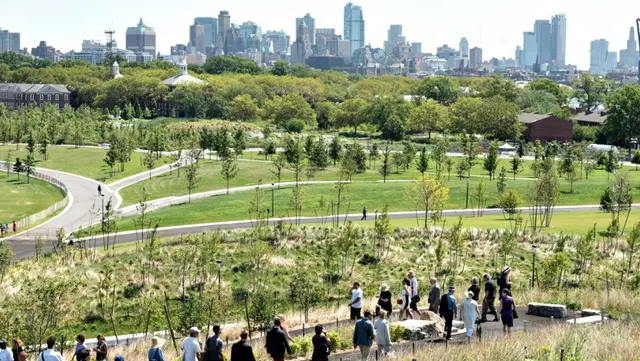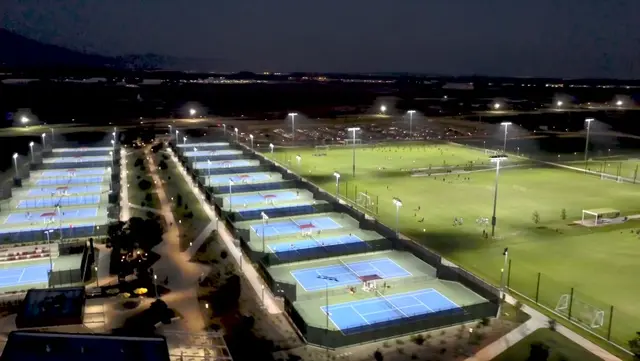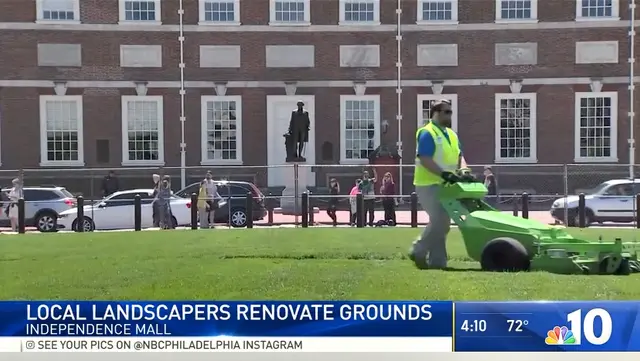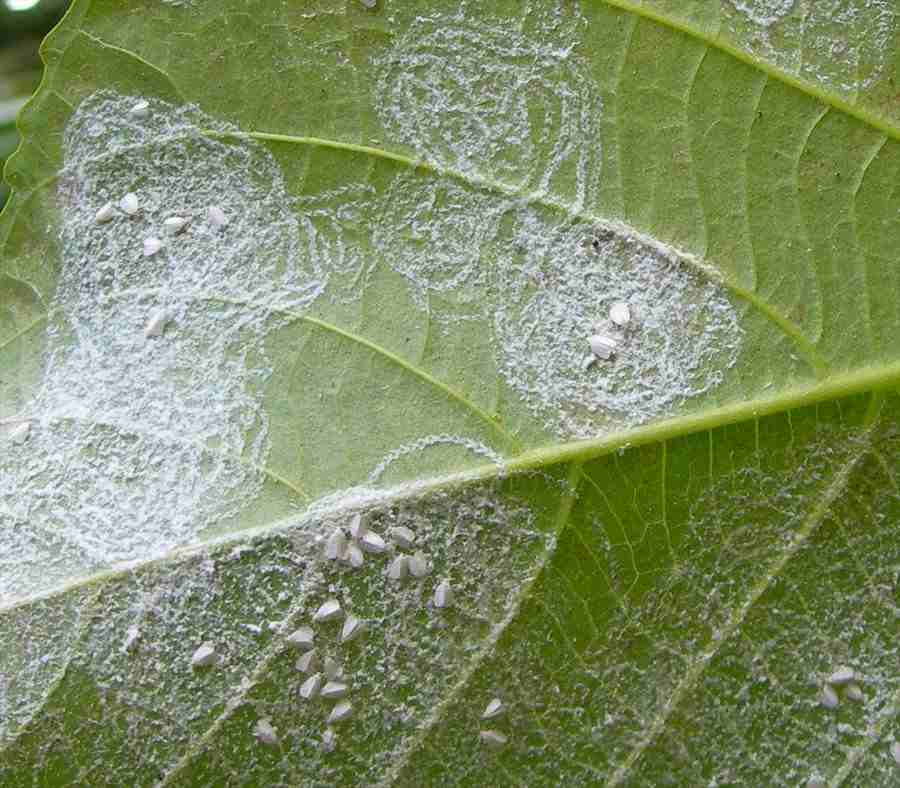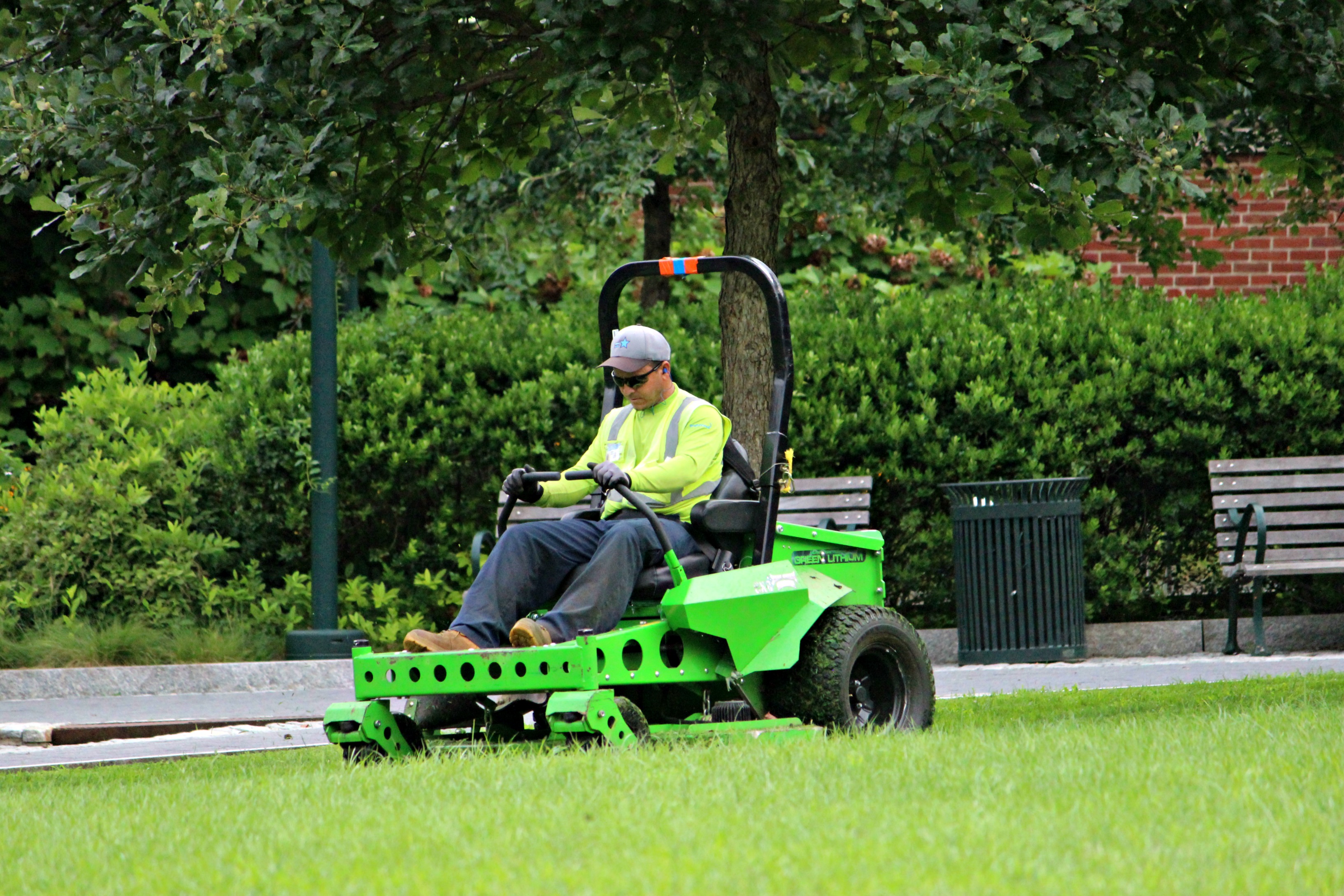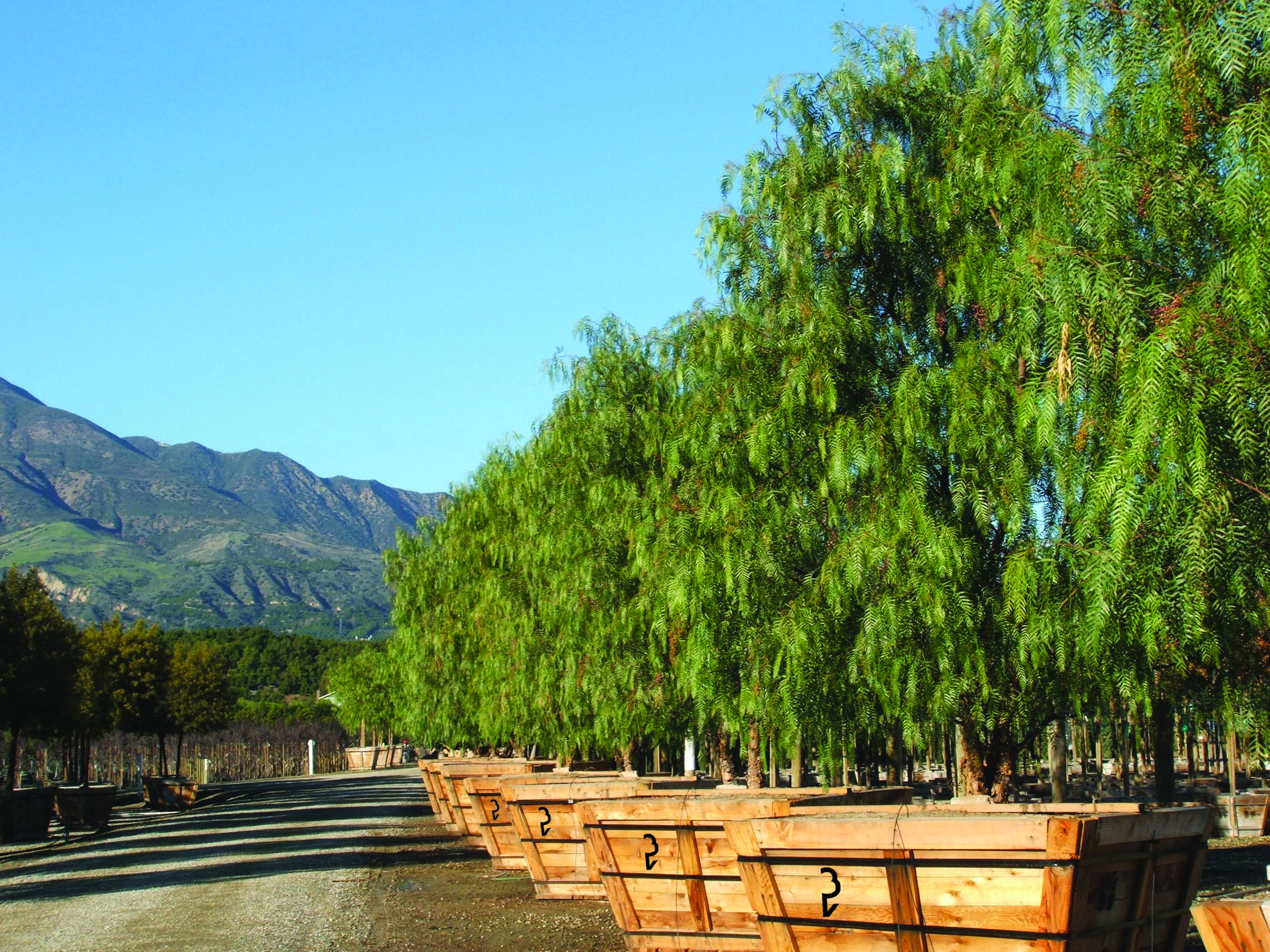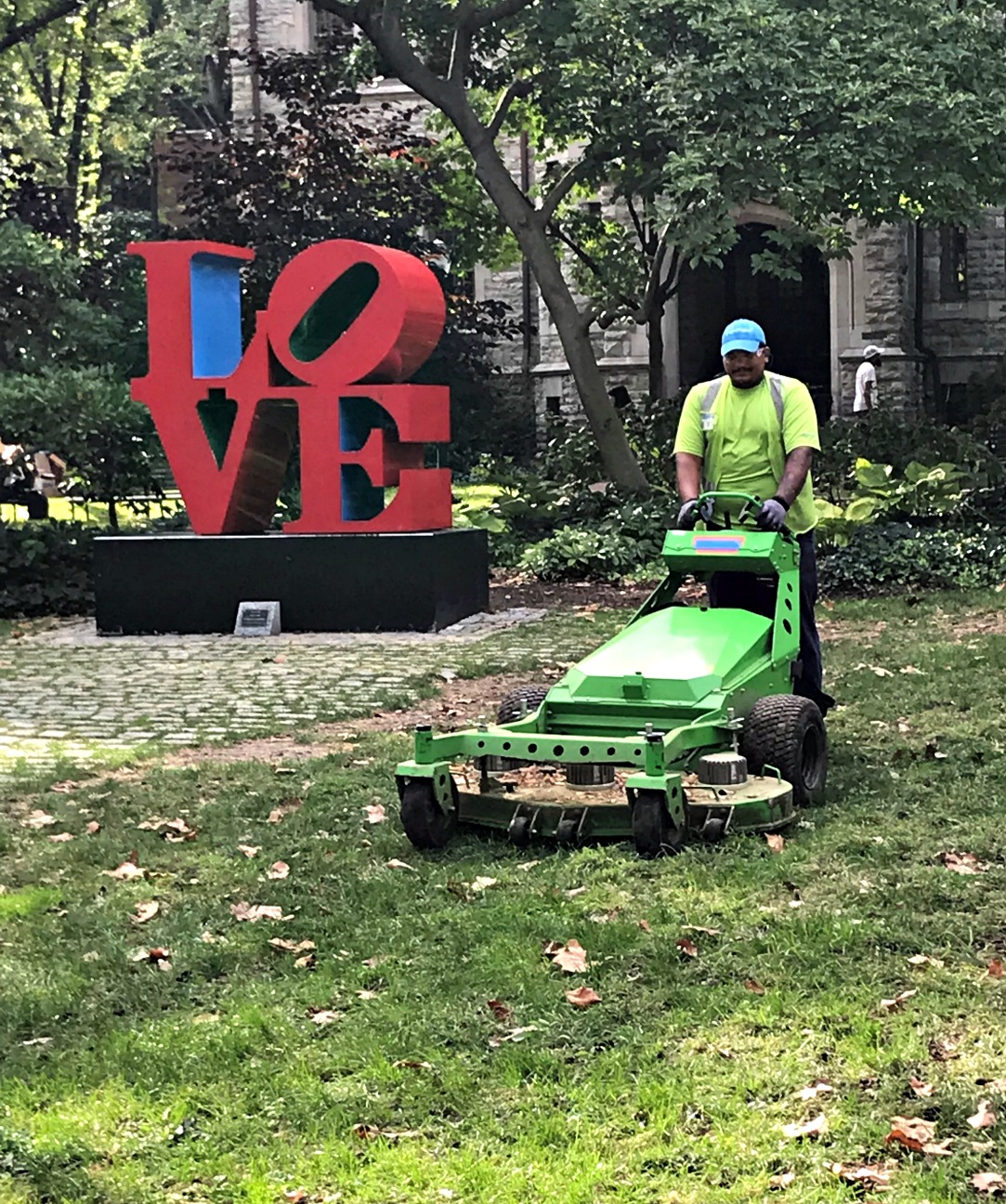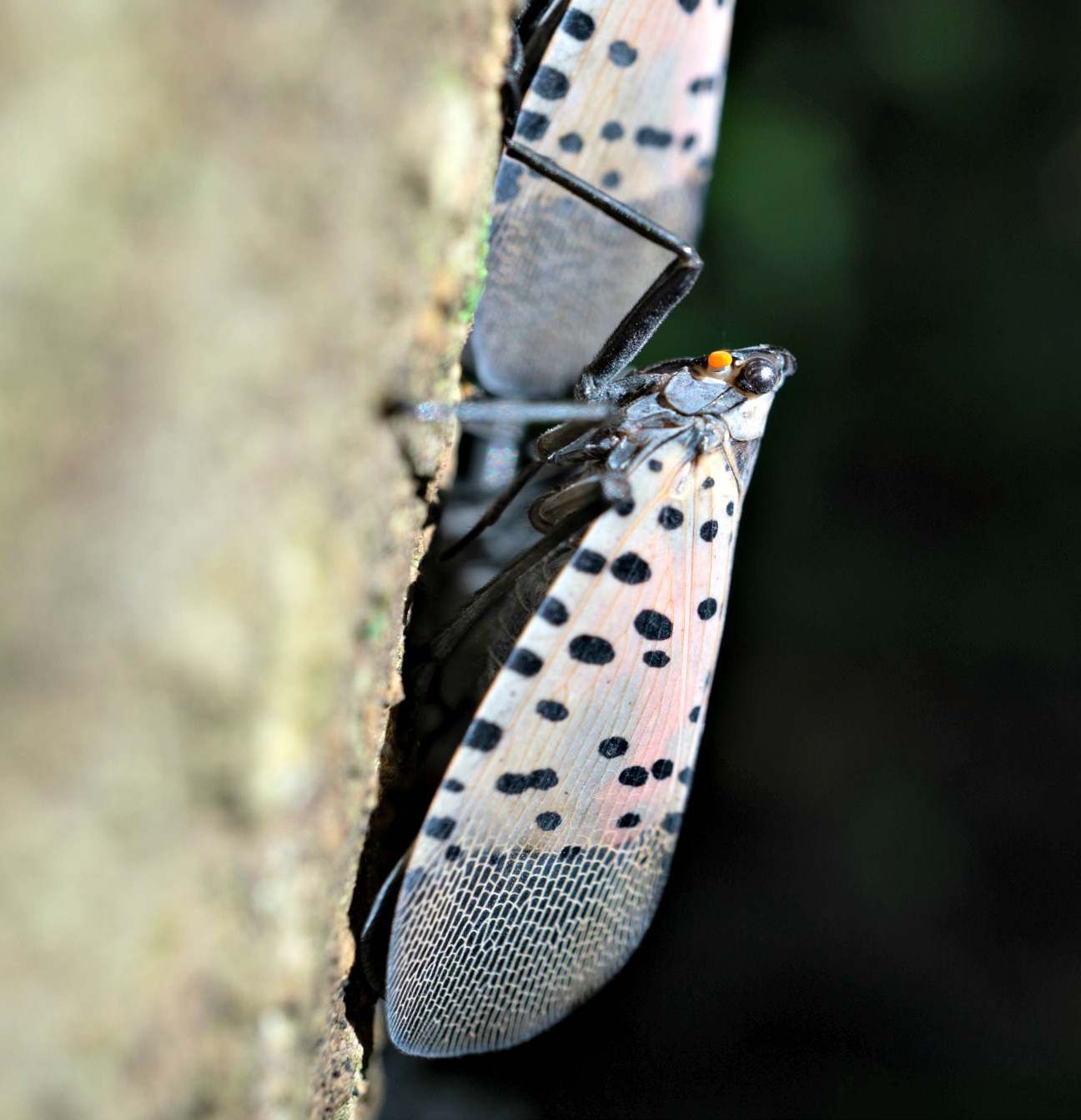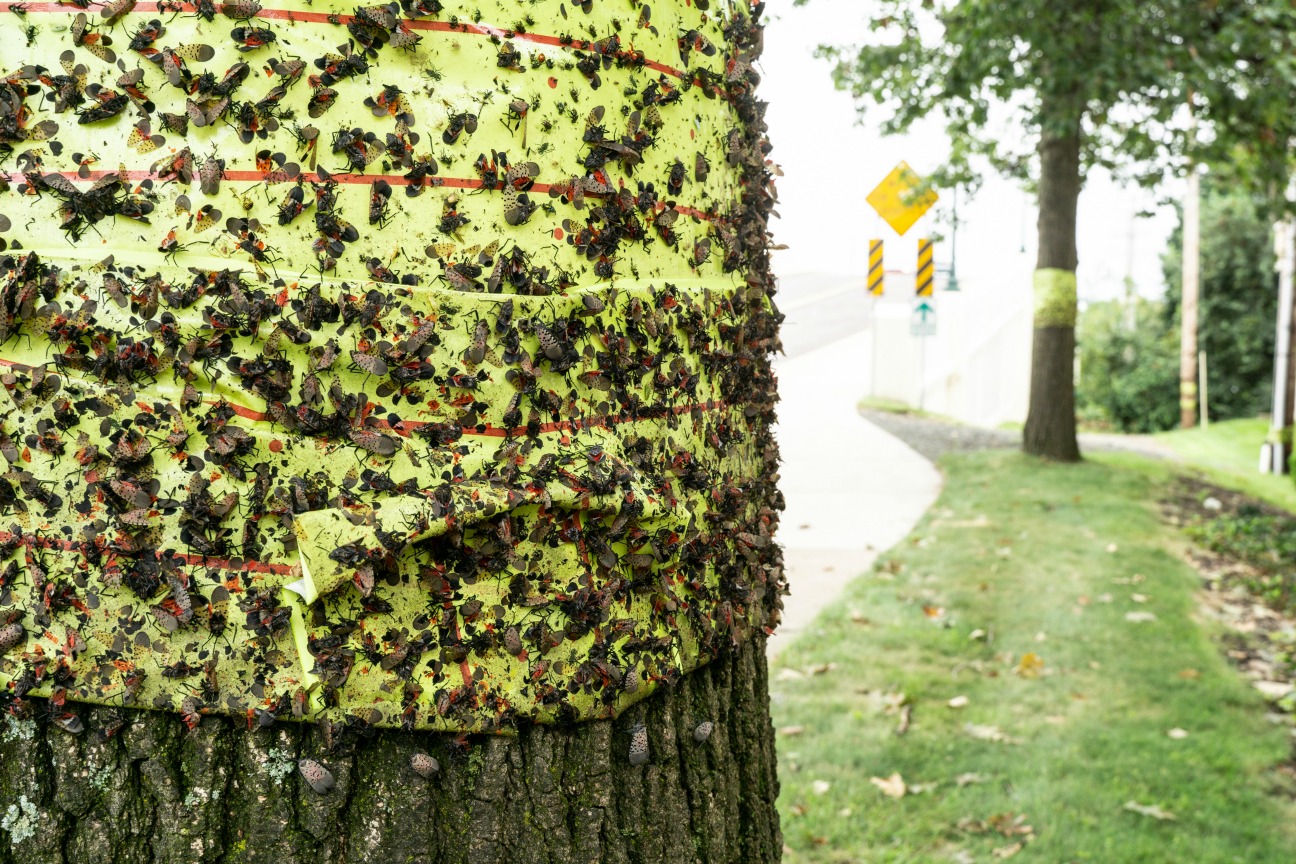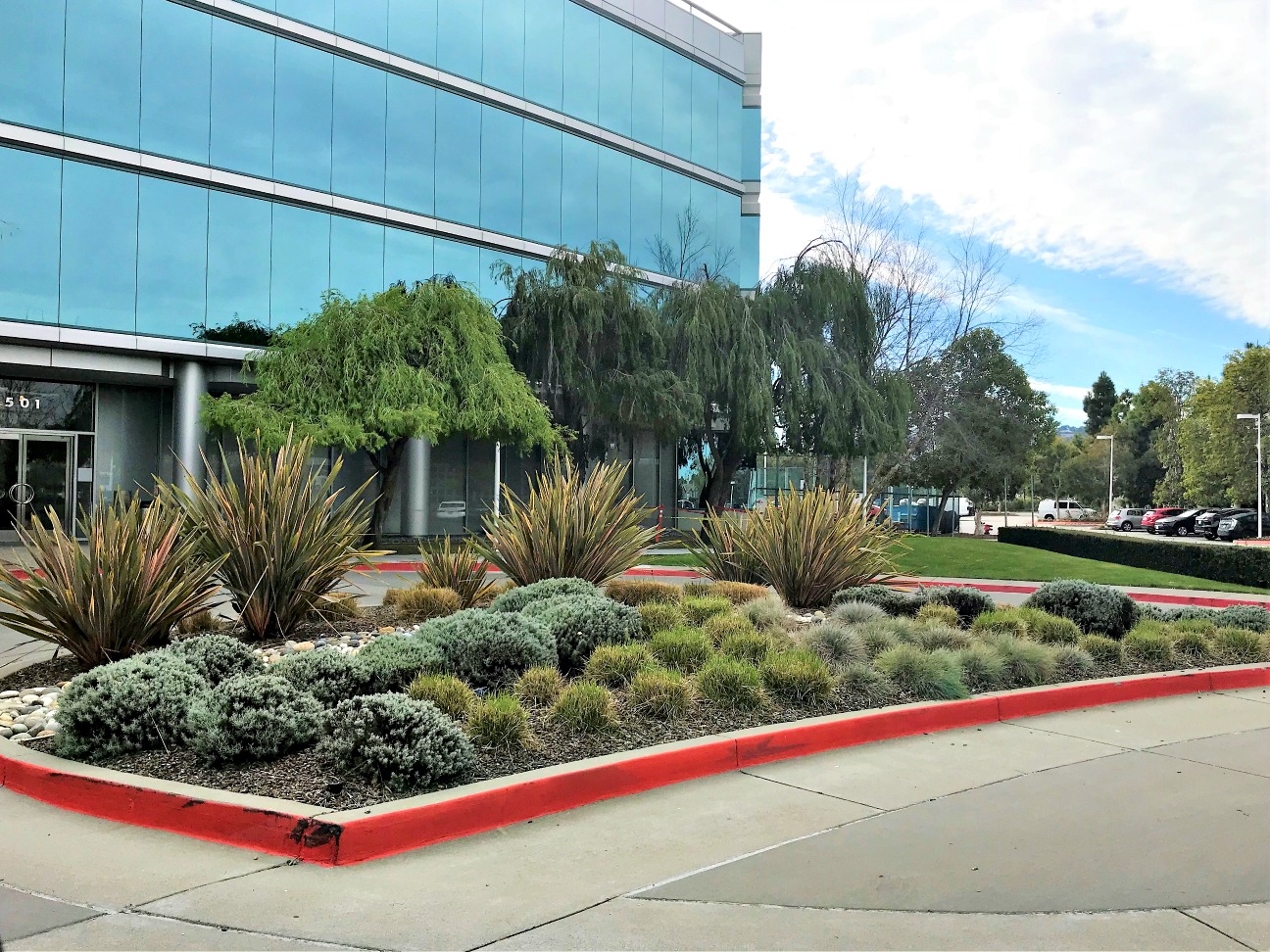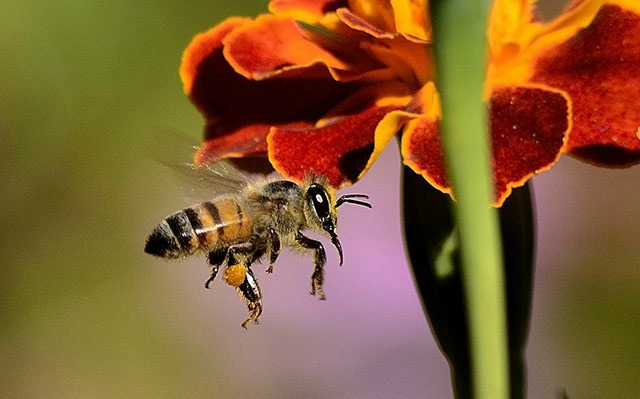Sustainability Maintenance of Superior Contracted to BrightView
BrightView Maintenance has been selected by Colorado’s Town of Superior to maintain its park and recreation landscapes starting Jan. 1, 2020. The contract covers more than 630 acres of parks, green space, and open space, the Town of Superior, and its 35 miles of public trails.
The agreement includes sustainable landscaping maintenance and snow removal for the public grounds, parks, and walkways throughout the town.
BrightView is one of the nation’s largest users of zero-emission commercial landscaping equipment and also a leader in the use of state-of-the-art water conservation technology and innovative landscaping practices, such as green roof installations, LEED-certified landscape consulting, waste reduction programs, and xeriscaping.
“Being able to partner with the Town of Superior and provide sustainable landscaping is a point of pride for Brightview,” said Bradley Hill, BrightView Senior Branch Manager. “Our team is thrilled to not only provide green landscaping to some of the most stunning trails in Colorado, but to also make a lasting connection with this close-knit community.”
The Town of Superior was founded in 1896 and is believed named after the "superior" quality of coal found in the area. The stunning mountain-filled backdrop is enhanced by the vast public spaces and parks throughout the town.
“The Town of Superior is looking forward to working together with BrightView to serve all who live, work, and play in our community,” said Leslie Clark, Parks, Recreation and Open Space Director, Town of Superior.“ We believe BrightView and their people will provide us with the excellence we have become accustomed to, as well as propel us into the future of renewable energy and sustainability.”
Learn more about the parks, trails, open space, and recreation within the Town of Superior here.
About The Town of Superior:
The Town of Superior is a municipality of approximately 15,000 people located 22 miles northwest of Denver and 8 miles southwest of Boulder, Colorado. Incorporated in 1904 and named for the “superior” quality of the coal it produced in the local mine, the Town boasts a rich history. The Town now consists of four-square miles that include hundreds of acres of quality parks, open space and trails produced and maintained for the enjoyment of residents and visitors.

